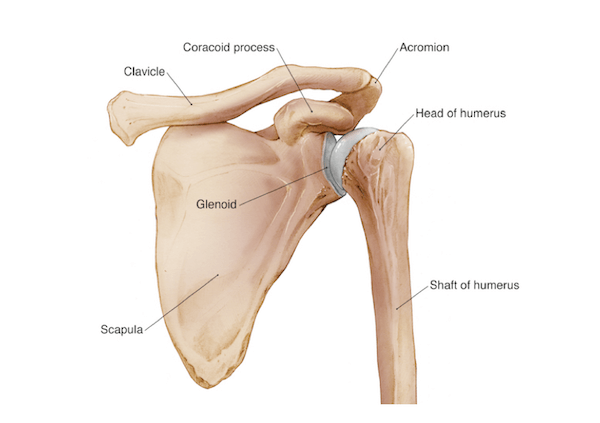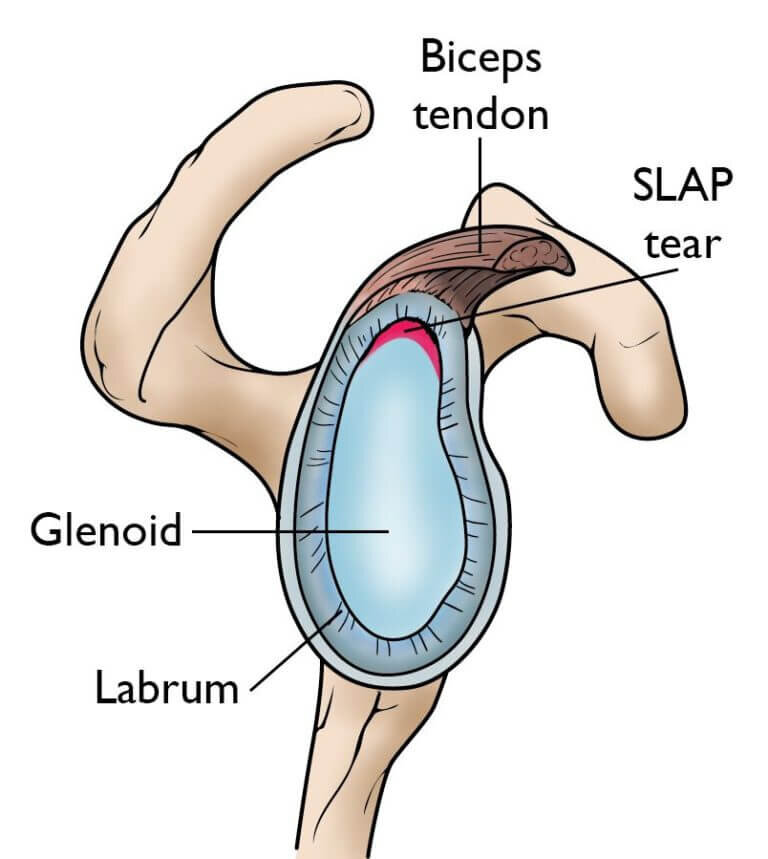Overhead Athletes: Essential Exercises for Shoulder Stability and Performance
Using the arm for daily activities is something we underestimate the value of until that simple ability is taken away from us due to injury. Not only do you need to maintain a healthy and stable shoulder, but to excel in your sport you need to develop strength, power, and control in the arm to improve your game. Shoulder stability and strength is crucial! The purpose of this blog post is to discuss the complexities of the shoulder joint, highlight some common injuries, and provide you all with management strategies to prevent injuries and exercises for shoulder stability to improve your performance!
Shoulder Anatomy
Image Source: https://anatomy.lexmedicus.com.au/collection/shoulder
The glenohumeral joint (shoulder) is a “ball and socket” joint that consists of the humerus (ball) and glenoid (socket). There are multiple joints that neighbor the shoulder joint, including the acromioclavicular (AC) joint, sternoclavicular (SC) joint, the cervical spine, and the scapulothoracic joint. The shoulder is further surrounded by various muscles, ligaments, tendons, fascia, and neurovascular structures that give rise to the shoulder we know and love.
Image Source: https://www.physio-pedia.com/Rotator_Cuff
The shoulder is held in place by static and dynamic stabilizers. Static stabilizers, such as the labrum, ligaments, and joint capsule, help keep the shoulder stay “suction cupped” into place. However, when these stabilizers are compromised due to injury, we need to rely on our dynamic stabilizers to keep the shoulder in its place. These dynamic stabilizers include all of the surrounding muscles and tendons, including all 4 muscles of the rotator cuff. In physical therapy, there may not be much we can do to change the static stabilizers, but through a graded exercise program we can make a great impact on the muscles that affect shoulder stability.
Shoulder Injuries
Due to increased mobility in the shoulder joint, it is unfortunately susceptible to injury. Many of these can be prevented with proper maintenance strategies and graded exercises. But as we all know, accidents happen. Below I have highlighted some common shoulder injuries and the involved structures:
Shoulder Impingement
You may have heard the term “shoulder impingement” before. This is a common disorder that affects the shoulder. Then typical presentation of impingement syndrome is pain with range of motion of the shoulder, often described as sharp, burning and achy after activity. Development of subacromial impingement occurs due to a variety of factors, that includes postural abnormalities, poor neuromuscular control, and overuse.
Individuals with impingement typically respond well to activity modification, skilled manual therapy, and a graded exercise program that addresses the scapular stabilizers.
Rotator Cuff Pathology
Strains, tears, and tendinitis of the rotator cuff muscles may produce pain in the shoulder with activity. The supraspinatus and infraspinatus muscles are particularly susceptible to injury in the shoulder, as these muscles are mainly dealing with external rotation and elevation of the arm, which is important for all throwing and upper arm movements.
Skilled Physical Therapists are experts in movement science and the human anatomy. A thorough evaluation of the shoulder by a licensed PT will be able to determine if you are experiencing a problem with your rotator cuff muscles. If so, your PT may choose to implement manual therapy techniques and graded strengthening activities to allow the cuff to heal and strengthen the surrounding muscles to prevent a tear or future injuries from occurring.
Instability and Labral Pathology
Shoulder instability can be due to injury (such as dislocation, subluxation, trauma, etc.). If you suffer from a shoulder injury, there may be damage done to the labrum or other soft tissue structures that will lead to a “hypermobile” or unstable joint. On the other hand, some athletes just have naturally looser shoulders. That’s okay!
Patients with shoulder instability and dislocation will benefit from stabilization exercises, graded strengthening of surrounding muscles, taping procedures, and activity modification to allow the soft tissue to “tighten” up and bolster the shoulder joint using the dynamic stabilizers.
Shoulder “Prehab”
If you or someone you know is dealing with shoulder pain, seek an evaluation by a licensed sports physical therapist. Your PT will work with you to develop a specific program to best rehabilitate your shoulder, improve performance, and prevent future injury from occurring.
Injury prevention is key in the athletic population, especially when you are dealing with a vulnerable joint such as the shoulder. The main muscles that will be targeted in rehab and “prehab” include the rotator cuff, Mid/low traps and rhomboids, and serratus anterior. These muscles work in unison during all upper extremity movements to stabilize the shoulder and create power for sport.
Below I have highlighted exercise progressions that will help you strengthen the muscles of the shoulder and promote shoulder stability. This is not an exhaustive list, but this will be a good starting point for those looking to improve their shoulder health and maximize potential in the gym or on the field.
Sidelying/Banded Shoulder External Rotation (Infraspinatus, Teres Minor)
Place a towel roll between your trunk and your elbow to best isolate the muscles we want to target and avoid compensation. There are two variations of this exercise:
a) Lay on your side with a light dumbbell or household object (i.e. can of soup). Externally rotate your shoulder so that your hand will move toward the ceiling. Slowly return to the starting position and repeat for 3 sets of 10-12 repetitions.
b) Stand with the towel roll pinched at your side and grab a resistance band in the involved arm so that the band is pulling you inward. Slowly rotate your arm externally while maintaining shoulder position and return to start. 3 sets of 10-12 reps.
Progression: ER Banded walkouts
Using the same towel roll from above, grab a resistance band and stand so that the band is parallel with your chest. The band should be applying resistance to pull your arm towards your chest. Walk to the side while maintaining a neutral shoulder, elbow and wrist. Slowly walk back and repeat 5-10 repetitions.
Progression: Side-plank ER Weighted Ball Catch
Assume a side plank position. Use a soft weighted object such as a ball or sandbag as resistance. Externally rotate to throw the ball up in the air. The goal here is to catch the ball using your shoulder rotators to develop eccentric control and power. Repeat 2 rounds to failure.
Scapular Retractions (Mid Trapezius, Rhomboids)
This exercise is very convenient as it can be done throughout the day in any setting. Simply squeeze your shoulder blades back and downwards to create an “isometric” contraction of the mid-scapular muscles. Hold this contraction for at least 5-10 seconds before relaxing. Repeat for 5-10 contractions periodically throughout the day (FYI: This exercise is also great for improving posture!)
Progression: Incline or Prone Horizontal Abduction (“T”)
Lay flat on the floor, bed, or a bench. Palms down, horizontally lift your arms towards the ceiling while pinching your shoulder blades together. The squeeze of the shoulder blades should initiate the movement of your arms towards the ceiling. Repeat for 3 sets of 8-12 repetitions.
Progression: Swimmers
Lay flat on the floor with your arms out to the side and palms facing downward. Lift your arms into a “T”. Then, move your arms up overhead into a “Y” position and relax. Lift the arms again and move back down into the “T”. To finish the repetition, lift once again and assume an “I” position and relax. Repeat this movement into Y, T, and I for 2 rounds of 6-10 repetitions. This is a challenging one!
Supine Scapular Protraction “Punch”
Lay flat on your back with your arm at 90° reaching towards the ceiling. Place a light 1-5lbs weight in your hand. Slowly reach or “punch” your arm towards the ceiling, which creates scapular protraction to occur. Slowly return to the starting position and repeat for 2-4 rounds of 10 repetitions.
Progression: Pushup +
Assume a pushup position. Keeping your elbow straight, allow your shoulder blades to sink in as your chest moves towards the floor. To perform the rep, push your arms into the ground and round out your upper back. Repeat for 3 rounds of 8-12 repetitions.
Progression: Landmine Press with Protraction
Lastly, assume a half-kneeling position with your hand grasping a barbell set up for a landmine press. Beginning with the bar close to the shoulder, press upward toward the wall. At the end of the rep (full elbow extension), perform a scapular “punch” by rounding out the shoulder, similar to the first exercise in this progression. Then, allow the shoulder to retract and return to the starting position. Repeat for 3 sets of 6-10 repetitions.
Implementing these exercises can go a long way towards improving your shoulder stability and your performance on the field, court, or weightroom!
-Dr. Justin Hanus, DPT, CSCS
Image Courtesy of https://unsplash.com/@johnarano
Are you interested in our services at Trifecta Therapeutics, but live too far away from our facility? Schedule a telehealth visit!





